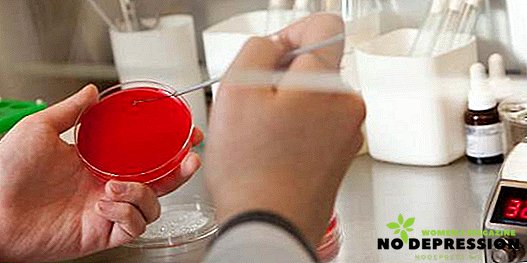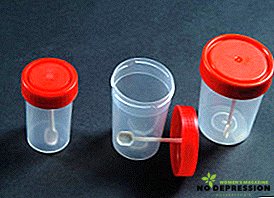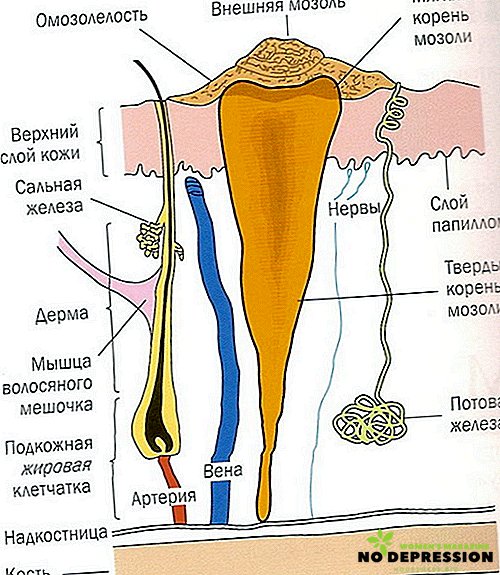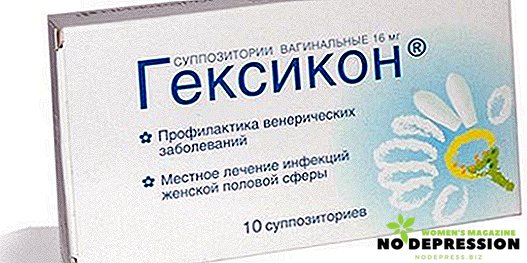The diagnosis of dysbacteriosis today worries very many people, because it is precisely in it that the cause of many health problems lies — in any case, the media and modern medicine think so.
Moreover, dysbacteriosis affects everything from infants to the elderly of both sexes. But it is not enough to suspect such a violation in oneself, one also has to scientifically check one’s condition, for which there is a special analysis.

Medical indications for analysis
The normal state of the intestine implies that it contains a large number of different beneficial bacteria responsible for the processing and assimilation of substances entering it. But if the intestinal function fails for some reason, then the person begins to observe digestive disorders in himself - diarrhea, constipation, flatulence, abdominal cramps and discomfort in general.
It is in such situations that doctors advise you to apply for analysis for dysbacteriosis, which will also be appropriate after a course of antibiotics. Other indications of this test include the following questionable situations:
- Allergic reactions and skin rash;
- Rejection by the body of certain products;
- Hormone therapy;
- Presence of bacterial vaginitis or mastitis in the mother of the newborn;
- Long stay of the baby in the hospital;
- Artificial feeding of the child.
Analysis of feces for dysbiosis: types and prices
The purpose of the feces study is to determine the qualitative and quantitative composition of bacteria in the intestine. Currently, in medicine, they carry out three types of this analysis:
- Coprogram is a primary examination that gives a physical assessment of the contents of the intestines. It is prescribed in the case of treatment of diseases not related to the gastrointestinal tract, with antibiotic therapy and in the case of complaints of acute or chronic stool disorder, abdominal pain of unknown etiology and a sharp weight loss without any reason.
- Bacteriological analysis of feces - it is sown on a nutrient medium, with the result that a specialist will make a conclusion about the number of microbes in one gram, on the basis of which the doctor can make a diagnosis. The results of children and adults are different.
- Biochemical analysis of feces - rapid diagnosis, which consists in identifying compounds that are in the intestine (especially the spectrum of fatty acids). This method not only shows whether there is dysbacteriosis, but also detects the section of the intestine in which the failure occurred, which is why doctors give it preference.

The price of the analysis for dysbacteriosis varies depending on the city and the price policy of the clinics, but the average cost of research is 200 rubles in the case of state laboratories, and 800 rubles in non-state medical centers. And also, based on the type of laboratory, the analysis can be done from 4 to 7 days - in non-state ones faster.
How to pass a fecal dysbacteriosis analysis
In order to properly pass an analysis of dysbacteriosis, first of all, you need to properly prepare for it, namely, to exclude from the diet 3 days before putting feces meat products, as well as raw vegetables and fruits, because they contain substances that affect the results of the study.
It is also necessary to stop taking medications that directly affect the intestinal microflora - probiotics, antibiotics, rectal suppositories and laxatives.
In addition, there are other rules for collecting feces for analysis:
- Thoroughly wash the crotch area before an act of defecation;

- Do not use enema or other acceleration aids;
- Prepare a special container with a lid (they are sold in pharmacies);
- Do not allow any liquid to enter the feces - water, urine, foam, etc .;
- Choose three fragments of feces from different parts of it - about 1 tsp;
- Be sure to take samples with blood or mucus, if any in feces are available.
It is necessary to deliver feces for analysis within 2 hours after bowel emptying, since after this time the intestinal bacteria begin to die.
Doctors can freeze feces and deliver it to the laboratory for analysis the next day.
Decoding analysis of feces for dysbiosis in adults
Deciphering the results of stool analysis is to determine the number and types of microbes that live in the intestines, and also to check if there is a balance shift. Over 95% of all beneficial bacteria are bifidobacteria, which in normal adults are within 108 - 1010, and it is with this data that the whole decoding begins.
 Further, the number of beneficial lactobacilli is checked, the significance of which for health is very great - an analysis can show a decrease in their content in the intestine. In the situation of dysbacteriosis, there is also a shortage of eschekhiri bacteria, which are responsible for the synthesis of vitamins B and vitamin K, as well as participate in the absorption of sugars.
Further, the number of beneficial lactobacilli is checked, the significance of which for health is very great - an analysis can show a decrease in their content in the intestine. In the situation of dysbacteriosis, there is also a shortage of eschekhiri bacteria, which are responsible for the synthesis of vitamins B and vitamin K, as well as participate in the absorption of sugars.
And in the case of clostridium bacteria, an increase in their number will already be pathological, because it is fraught with the development of further dyspepsia of putrefactive nature. Specialists in decoding pay attention to several categories of bacteria in the intestine.
Biochemical analysis of feces determines the spectrum of vital fatty acids - some of them are characteristic only of certain bacteria, and some are produced by all groups of microorganisms in the intestine, which also allows you to check the balance of bacteria.
Also, attention is paid to the number of fungi of the genus Candida in the analysis.
What does the analysis of feces for dysbiosis in infants
 Since the colonization of the intestines in newborns is only happening, the results of the test for feces are somewhat different than in adults. So, children often become infected with Staphylococcus aureus in hospitals, and if there are no antibodies to it in mother's milk, then the baby has dysbiosis.
Since the colonization of the intestines in newborns is only happening, the results of the test for feces are somewhat different than in adults. So, children often become infected with Staphylococcus aureus in hospitals, and if there are no antibodies to it in mother's milk, then the baby has dysbiosis.
In addition, beneficial bacteria of some species appear in the intestines of a child only during the first year of life - for example, bacterioids. Sometimes he may develop excessively the fungi of the genus Candida, and then the corresponding disease, candidiasis, will be added to the dysbacteriosis.
In general, the main reason for the violation of intestinal microflora in infants is the transition to artificial feeding, since they still need mother's milk. Failures can occur due to the fact that a particular mixture does not fit the body of the child.
findings
Dysbacteriosis is a violation of the intestinal microflora, leading to an increase in the number of pathogenic and conditionally pathogenic bacteria and, as a result, to the emergence of various diseases in humans. The analysis for dysbacteriosis is prescribed for a variety of digestive disorders, as well as after antibiotic therapy.
But it is possible to conduct such a study once a year simply to track the state of the microflora in order to start treatment in time, if such is required. Timely detection of dysbiosis will clarify the nature of the disorder and make it possible to reduce the risk of complications.
It is also desirable to carry out all 3 types of analysis for dysbacteriosis, so that the picture of the results obtained is already as complete and comprehensive as possible.
Additional information about this analysis can be found in this video.













